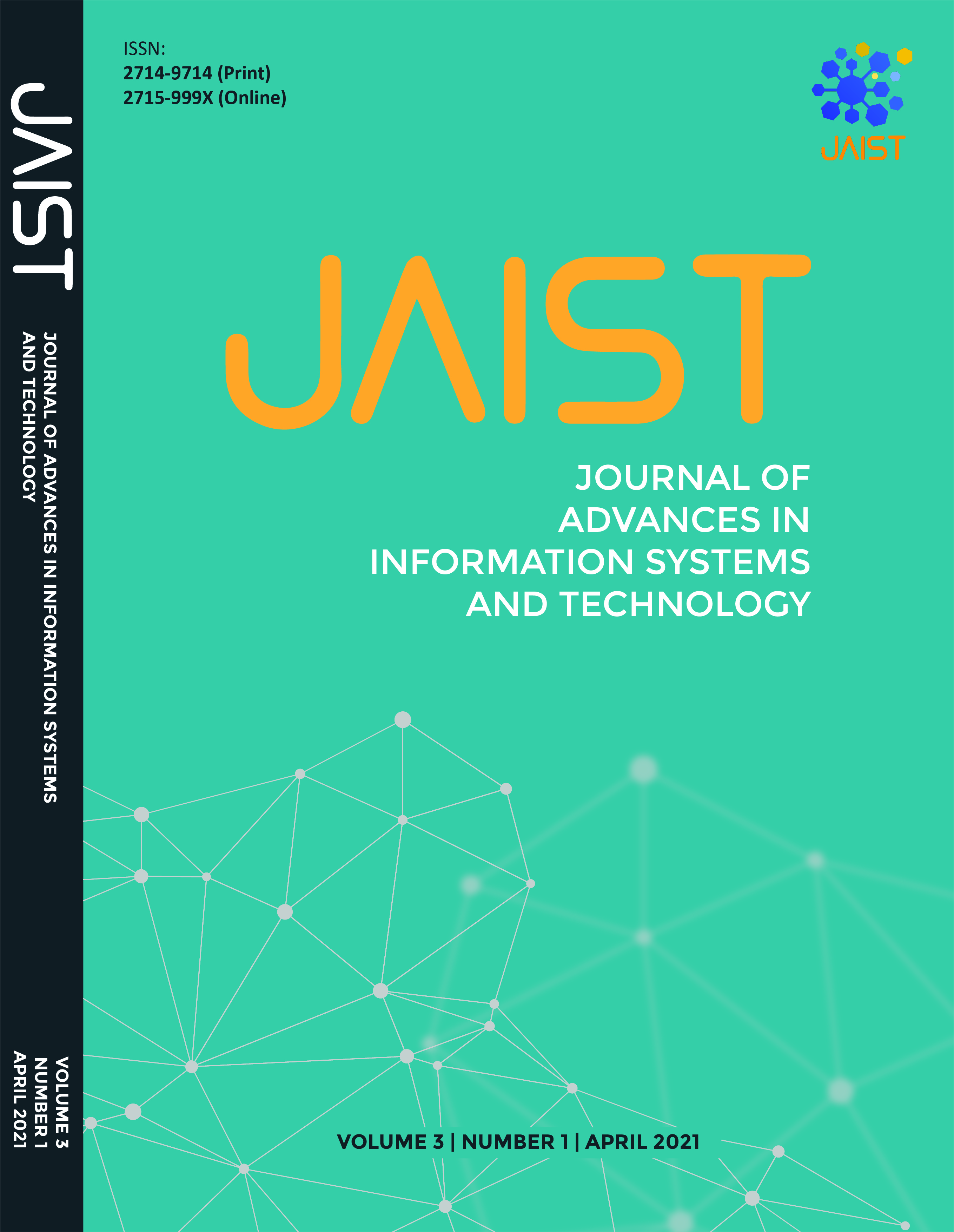Comparison of Forecasting Using Fuzzy Time Series Chen Model and Lee Model to Foreign Exchange in EUR/USD and GBP/USD
Abstract
Each country has a currency value that applies in its territory and can be adjusted to the value of the currency of other countries. In this adjustment, there is a difference in value when the transaction is made, and the difference in profit can be taken, usually referred to as foreign exchange (forex). In forex trading, analytical calculations are needed to plan a decision to get a significant difference so that the profits will increase. One analysis technique that can maximize the search for an enormous profit difference is by using the prediction method using the fuzzy time series. This method is a method that predicts future data based on historical data or past data. The fuzzy time series method has several models, including the Chen model and Lee model. In determining which model is the best, it is necessary to test using the AFER (average forecasting error rate) based on the level of accuracy of the smallest error value. By using historical data of EUR/USD and GBP/USD from 19 February 2019 to 19 February 2020, it is known that Lee’s fuzzy time series method predicts better accuracy because Chen’s model in foreign currency EUR/USD has a more significant error rate of 0.0018 (0.18%) or greater than Lee’s model which only has a value of 0.0016 (0.16%). Then the Chen model in foreign currency GBP/USD has an error rate of 0.00445 (0.445%) or greater than the Lee model, which only has an error rate of 0.00297 (0.297%).
Copyright (c) 2021 Journal of Advances in Information Systems and Technology

This work is licensed under a Creative Commons Attribution-ShareAlike 4.0 International License.


